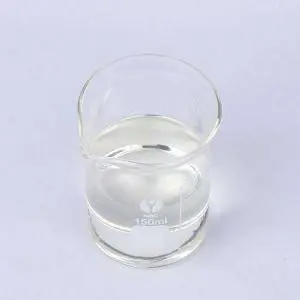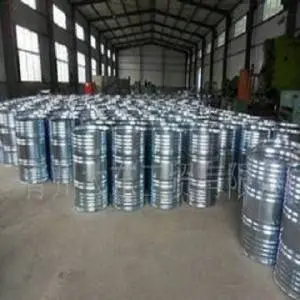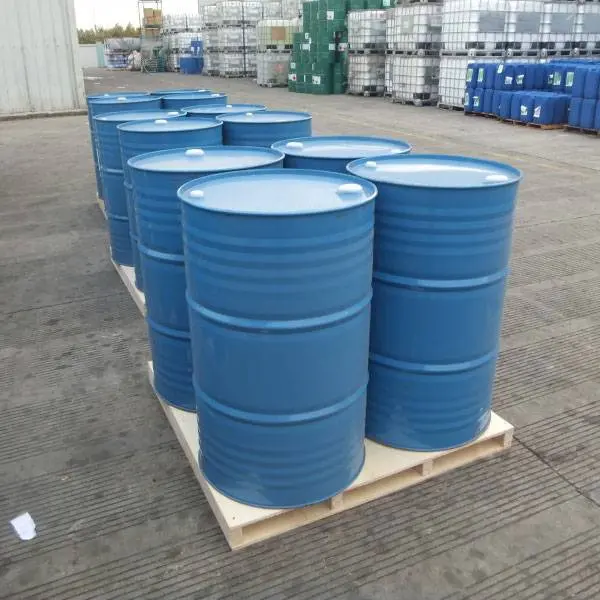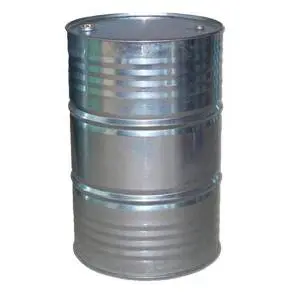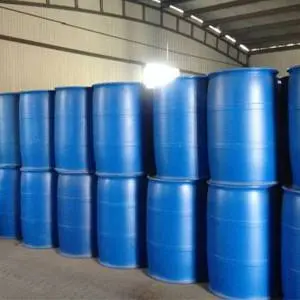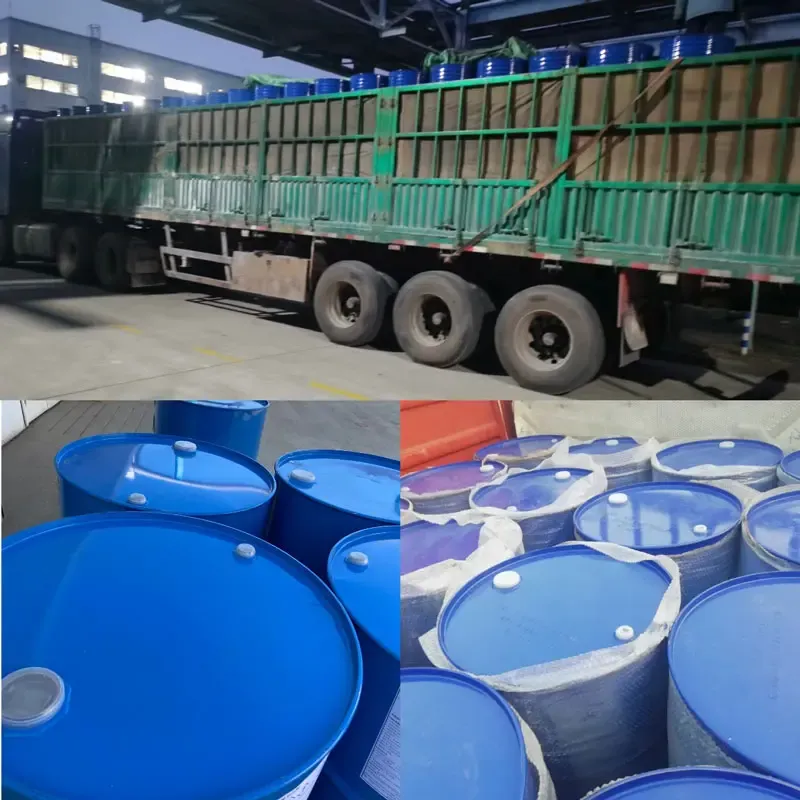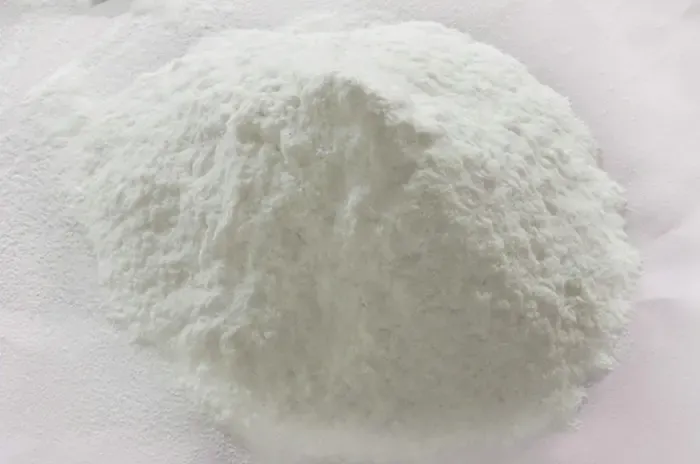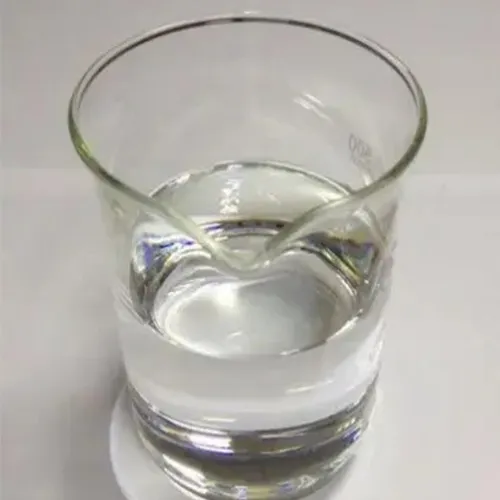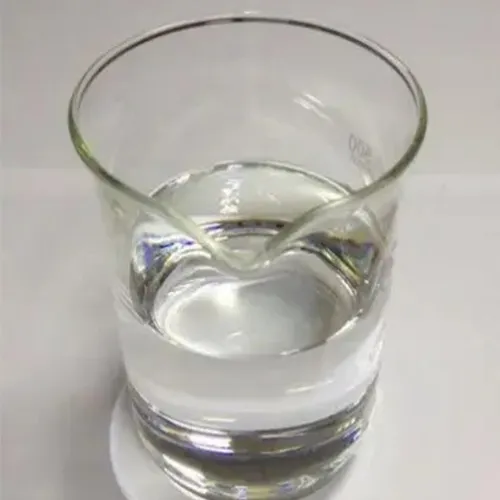Tetramethyldiethylenetriamine: Fast, Low-Odor PU Catalyst?
Field Notes: Real-World Uses and Specs of Tetramethyldiethylenetriamine
I spent part of last quarter visiting catalyst suppliers in North China. To be honest, the amine market is lively right now—demand swings, freight seesawing, and plenty of name confusion. One recurring theme: buyers asking for Tetramethyldiethylenetriamine while spec sheets on the desk say N,N,N’,N’-Tetramethylethylenediamine (TMEDA/TEMED, CAS 110-18-9; UN 2372). They’re different molecules, yes, but they travel in the same conversations and portfolios. In practice, many plants spec a closely related tertiary amine for epoxy, PU foam, or electrophoresis workflows. So let’s unpack what teams actually check, buy, and test.
Origin I visited: Jinling Mansions No.106-1 East Yuhua Rd., Shijiazhuang, Hebei, China. The supplier there lists TMEDA (also known as BIS(dimethylamino)ethane) with Molecular Formula C6H16N2; Molecular Weight 116.21. If you’re cross-shopping for Tetramethyldiethylenetriamine performance, a lot of the QC routines and logistics overlap, and that’s what most procurement teams care about week to week.

Typical Product Specs (lab-verified ranges)
| Item | Spec/Typical | Test Method |
|---|---|---|
| Appearance | Colorless to pale-yellow liquid | Visual |
| Purity (GC) | ≥ 99.0% (typ.) | GC area % |
| Water | ≤ 0.20% | Karl Fischer (ASTM E203) |
| Color (APHA) | ≤ 30 | ASTM D1209 |
| Density (20 °C) | ≈ 0.77–0.78 g/cm³ | ASTM D4052 |
| Boiling point | ≈ 121–122 °C | ASTM D1078 |
| Flash point (cc) | ≈ 6–10 °C (real-world may vary) | ASTM D93 |
Shelf life: around 12–24 months in unopened drums, away from moisture; verify with COA. UN 2372, flammable liquid—apply GHS/IMDG rules.
How plants use it (and why)
- Epoxy and PU: tertiary amine catalyst for room-temp cures, foaming profile control, and pot life tuning. Many customers say it improves gel-time consistency.
- Life sciences: polymerization accelerator for acrylamide gels (TEMED workflows)—stable and predictable.
- Organometallics: ligand for alkyllithium/Grignard work; surprisingly robust chelation behavior.
- Gas treatment and fine chem: scavenger/base in neutralizations and phase-transfer tweaks.
Process flow (industrial snapshot)
- Materials: alkylation-grade amines, methylating agents, hydrogen or equivalents.
- Methods: controlled methylation and tertiary-amine formation; continuous reactor, solvent management, in-line GC.
- Purification: fractional distillation to narrow the boiling range; moisture polish to ≤0.2%.
- QC: GC purity, KF water, APHA color, density; safety tests per ASTM D93.
- Packing: 160–170 kg steel drums or 800–1000 kg IBCs; nitrogen blanket is common.
- Logistics: IMDG/ADR compliance; keep away from acids and oxidizers.
Mini case study
A Midwest epoxy formulator swapped in a high-purity amine in the Tetramethyldiethylenetriamine slot and saw gel time drop from 14.2 min to 12.5 min at 25 °C (DIN 16945 gel test), with tensile strength up ~6% after 7-day cure. VOCs stayed within internal spec. They kept it because line takt improved—simple as that.
Vendor snapshot (what buyers compare)
| Vendor | Certs | Lead time | Packaging | Notes |
|---|---|---|---|---|
| Sincere Chemicals (Shijiazhuang) | ISO 9001; REACH-ready (ask dossier) | ≈ 10–18 days ex-warehouse | Drum / IBC | Competitive on FOB North China; flexible MOQs |
| Vendor A (EU) | ISO 9001/14001; full REACH | ≈ 3–5 weeks | Drum / IBC | Tighter color spec; higher €/kg |
| Vendor B (SEA) | ISO 9001 | ≈ 2–4 weeks | Drum | Good for PU foam shops; QC consistency varies |
Trends and practical advice
The catalyst space is tilting toward lower VOCs, more precise gel windows, and better worker safety. Actually, it’s not just regulation—operators like predictable pot life. Request a recent COA, ask for GC chromatograms, and if you’re using Tetramethyldiethylenetriamine as a drop-in in epoxy/PU, run a small DoE: 0.2–0.6 phr usually tells you everything about cure profile.
Safety and compliance
- GHS: flammable liquid; handle with local exhaust and grounding.
- Standards to cite on POs: ASTM D93, D4052, D1209; purity by GC; water by KF.
- Documentation: SDS aligned with UN 2372 shipping; if in EU, confirm REACH status.
What users say
“Cleaner gels, less ammonia-like odor than our previous lot,” one lab manager told me. Another buyer noted fewer line stoppages after moving to a tighter-moisture spec. Not scientific journals, sure—but it matches the data I’ve seen.
References
- PubChem Compound Summary: N,N,N’,N’-Tetramethylethylenediamine (CAS 110-18-9).
- ECHA REACH dossier: N,N,N’,N’-Tetramethylethylenediamine.
- ASTM D93; ASTM D4052; ASTM D1209; ASTM E203.
- OECD SIDS: Tetramethylethylenediamine Environmental & Health Profile.
- Ullmann’s Encyclopedia of Industrial Chemistry, “Amines, Aliphatic.”
Post time: Oct . 10, 2025 14:50





